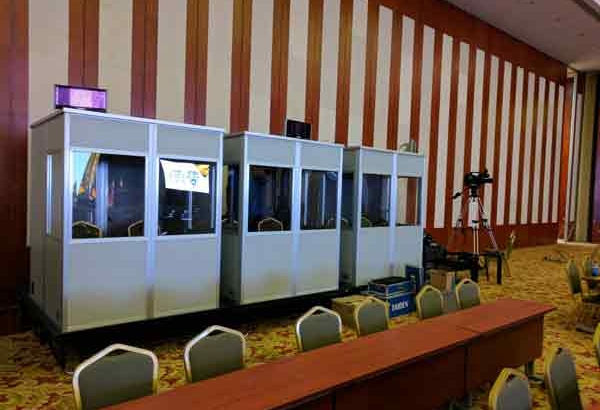 Generally speaking, simultaneous interpretation is more draining than consecutive interpretation. Interpreters usually switch every 15-20 minutes during simultaneous interpretation, and every 30 minutes during consecutive interpretation.
Generally speaking, simultaneous interpretation is more draining than consecutive interpretation. Interpreters usually switch every 15-20 minutes during simultaneous interpretation, and every 30 minutes during consecutive interpretation.
However, consecutive interpretation has its own unique challenges — interpreters must have excellent short-term memory and rely heavily on effective note-taking, a sophisticated skill that only develops with extensive training.
Below is a comparison of the skill sets mandated for simultaneous and consecutive interpretation.
| Item | Consecutive Interpretation | Simultaneous Interpretation |
|---|---|---|
| Nerves of steel | √ √ √ √ √ | √ √ √ √ √ |
| Analytic skills | √ √ √ √ √ | √ √ √ √ √ |
| Good pronunciation | √ √ √ √ √ | √ √ √ √ √ |
| Flexible, adaptable, and resourceful | √ √ √ √ √ | √ √ √ √ √ |
| Short-term memory | √ √ √ √ √ | √ √ √ |
| Note-taking skills | √ √ √ √ √ | √ |
| Voice projection | √ √ √ √ √ | √ √ |
| Public speaking | √ √ √ √ √ | √ √ |
| Quick with vocabulary | √ √ √ | √ √ √ √ √ |
| Able to speak fast with clear enunciation | √ √ √ √ √ | |
| Able to listen, formulate, and speak at the same time | √ √ √ √ √ |


